What Is Voodoo? Breaking Down a New Orleans Religion
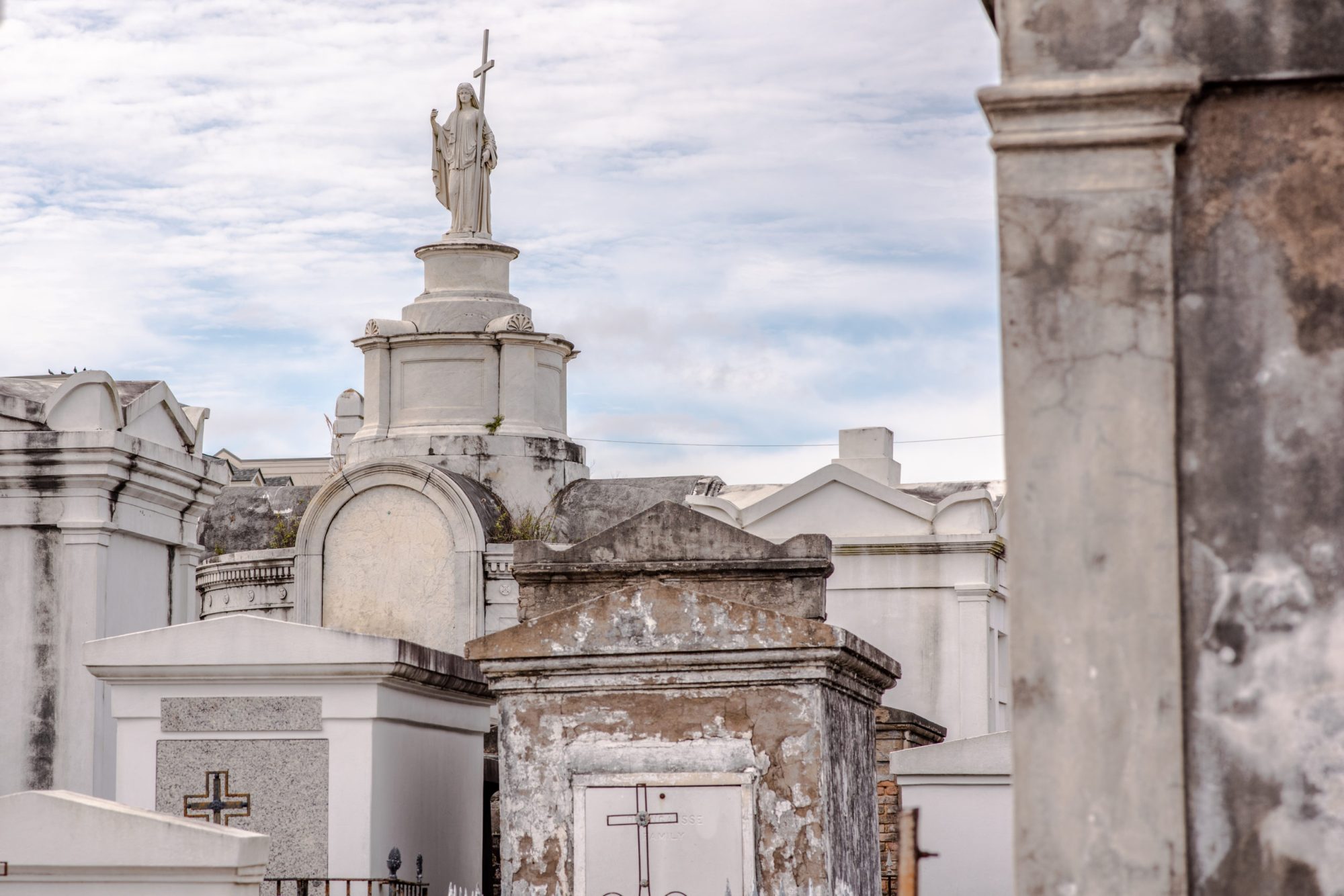
Voodoo’s magical presence is one of the most common themes in New Orleans, especially in TV shows and movies. But it’s not all witchcraft, devil worship, and spooky tourist attractions. Voodoo is a real, culturally important religion that emphasizes connections with spirits and the melding of the visible and invisible world.
Its roots run deep in New Orleans, from gatherings at Congo Square to the famous Voodooists buried at St. Louis Cemetery No. 1. Although it is often portrayed as dark magic, or even evil, the religion’s main emphasis is on helping people, especially the poor, sick, and hungry.
Today, it is estimated that nearly 15% of New Orleanians still practice Voodoo. Various shops, temples, and tours around the city can help you gain a deeper understanding of this prominent religion.
What is Voodoo?
Voodooists believe that instead of one God intervening in daily lives, spirit predecessors watch over us and offer guidance. However, Voodooists do believe in one deity as a higher power – Bondye, “the good god.” In Voodoo, the visible world – those who are living – and the invisible world – the realm of the dead – are intertwined. In this way, the people we knew in life are still with us in spirit.
In addition to our familiar spirits, there are also Lwa, lesser spirits that embody human personalities. Voodooists form relationships with specific Lwa to foster personal transformation and manifest the Lwa’s values to help people in the visible world. Believers often offer food or gifts to the Lwa in exchange for assistance. It’s common for Lwa to possess the Voodoo practitioner during a ritual.
The Voodoo priests and priestesses you’ve likely heard of or seen represented in the media offer guidance on an individual’s spiritual path. People go to them for help with anxiety, illness, love, and financial matters, among other problems.
History of New Orleans Voodoo
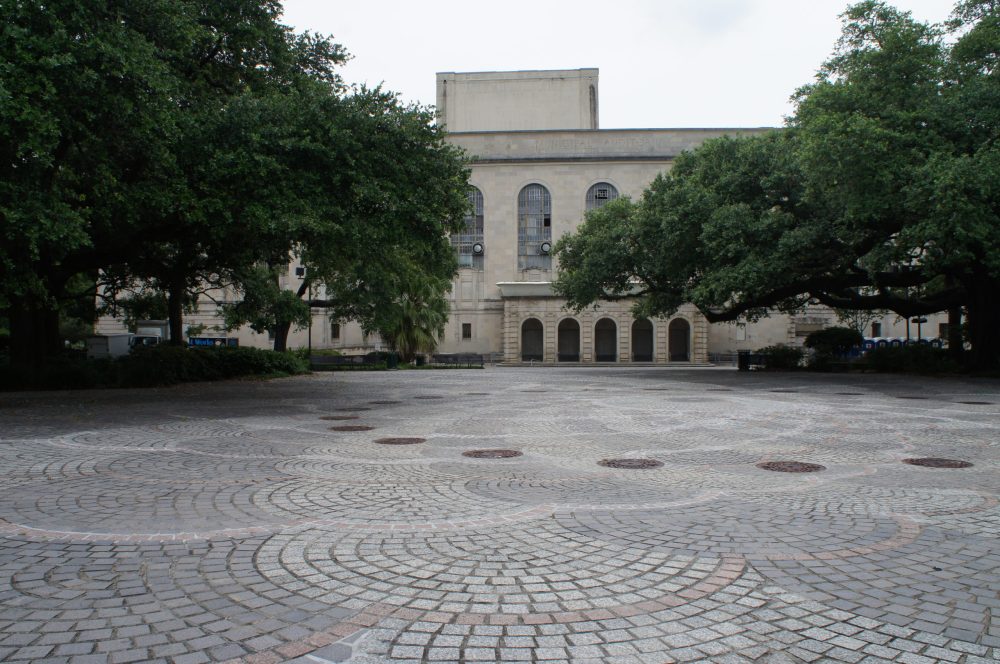
Over the centuries, Voodoo has become synonymous with New Orleans, and it is still practiced today. But few visitors truly understand the religion’s roots and fascinating history.
Enslaved western Africans, specifically the Yoruba people, are credited with bringing Voodoo to New Orleans in the 1700s. Since the dominant religion at the time was Catholicism, and slaves were forced to convert, a sort of hybrid religion known as Voodoo-Catholicism became the norm. One example of this blend is legendary Voodoo queen Marie Laveau, who was actually a devout Catholic.
Voodoo was banned in New Orleans until the Louisiana Purchase in 1803. After Haitian slaves overthrew their government in 1804, a wave of new immigrants came to New Orleans, reviving the religious practice with their arrival. During this time, slave owners were legally required to give their slaves Sundays off and provide them with a gathering place: Congo Square, located in Armstrong Park in the Treme neighborhood. There, they practiced Voodoo in large numbers, drawing many white onlookers with their dancing and drumming rituals. As the number of freed people of color grew, the Voodoo movement gained momentum and became an important part of the city’s culture.
With Voodoo moving more into the mainstream, famous Voodoo priestesses like Marie Laveau rose to prominence. Priestesses were typically free women of color who helped their mainly white clientele with finances, love, and illness. Voodoo kings and queens like Laveau were regarded as political and spiritual figures in 1800s New Orleans.
Famous Voodoo Practitioners
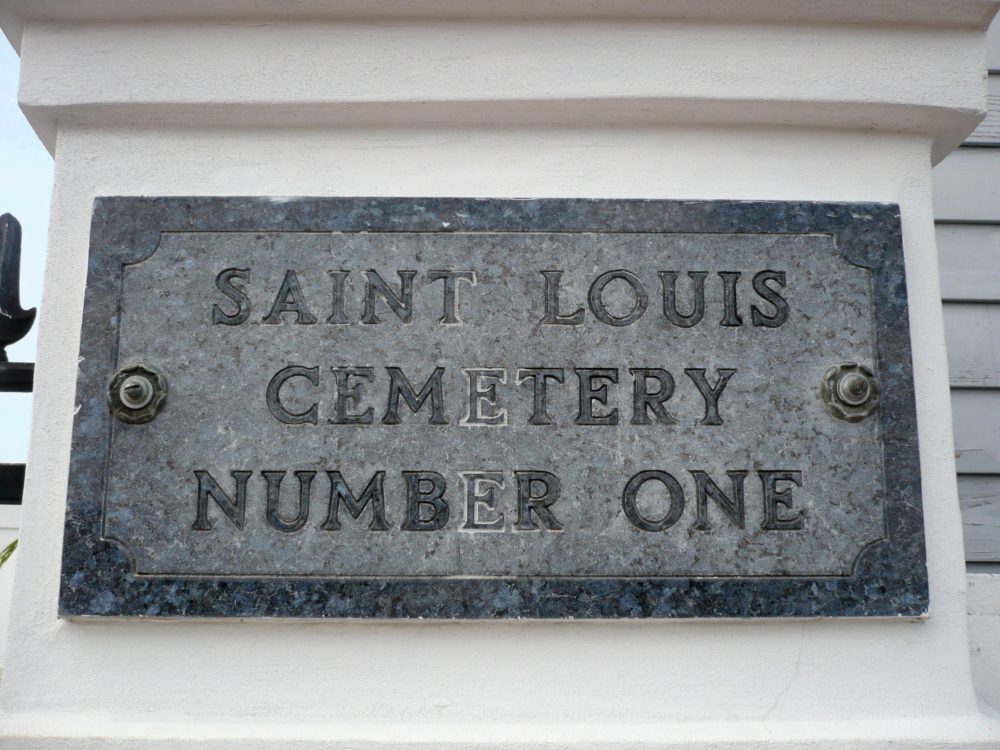
Marie Laveau
Marie Laveau was the most famous Voodoo queen, a free woman of color who lived in the French Quarter on St. Ann Street. Throughout her life (1794 – 1881), she nursed the sick, fed the hungry, adopted children, and adorned her home with altars, candles, and other religiously significant items to protect herself from malevolent spirits.
Although she regularly attended mass at St. Louis Cathedral, she gained a following as a Voodooist who consulted with all members of society, from enslaved servants to politicians. Laveau was also skilled in massage, midwifery, and the use of herbs, tinctures, and salves for treating patients. She also ran a beauty parlor where she was a hairdresser for wealthy New Orleans families.
You can see Marie Laveau’s tomb in the famed St. Louis Cemetery No. 1.
Dr. John
The most famous Voodoo king of New Orleans, Dr. John was Marie Laveau’s teacher, as well as a skilled healer and fortune teller. Born in Senegal, he was brought to Cuba as a slave before eventually moving to New Orleans as a cotton-roller and joining the local Voodoo community. He built a house on Bayou Road and gained the nickname “Bayou John.”
St. John’s Eve, June 23rd, is celebrated around the world for the summer solstice, a celebration that was started by Marie Laveau in the 1830s. Each year, the people of New Orleans gather at Bayou St. John and other locations around the city for a head-washing ritual and public party.
New Orleans Voodoo Today
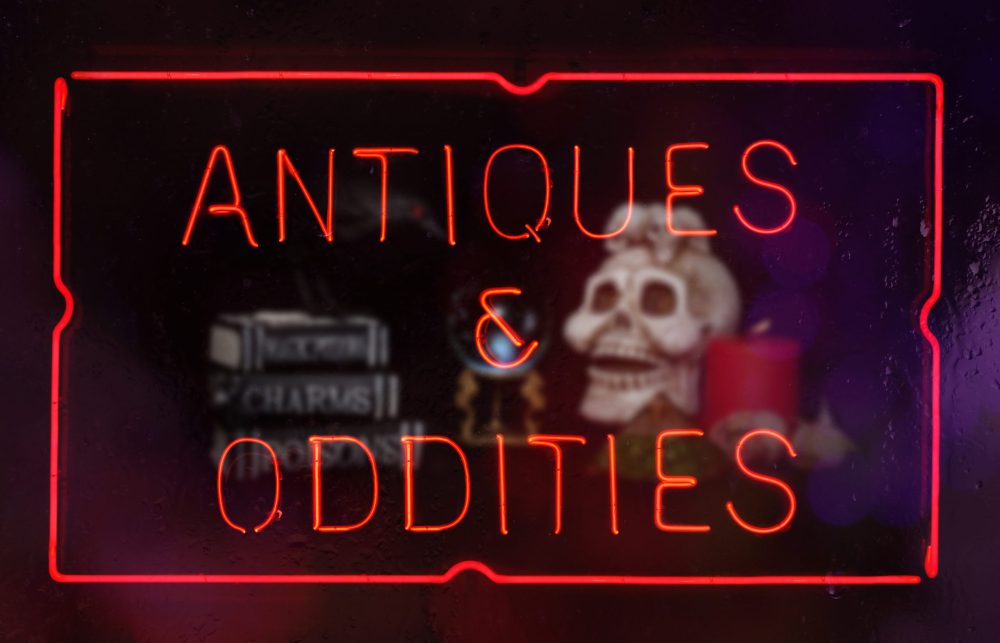
Voodoo is such a nuanced religion that it’s difficult to fully understand it without doing your own research and immersing yourself in New Orleans culture. For an introduction to the religion, visit the New Orleans Historic Voodoo Museum.
While many Voodoo rituals are typically held in private, you can find places that will give you a reading or introduce you to a ritual. Check out shops around the city like Marie Laveau House of Voodoo or Voodoo Authentica. You can also visit the Voodoo Spiritual Temple across the street from Congo Square or book a New Orleans Voodoo tour to have all your questions answered. Check out all the New Orleans ghost tours and cemetery tours Louisiana has to offer.
